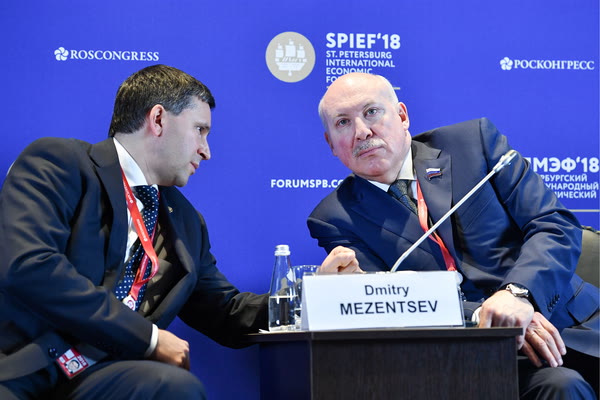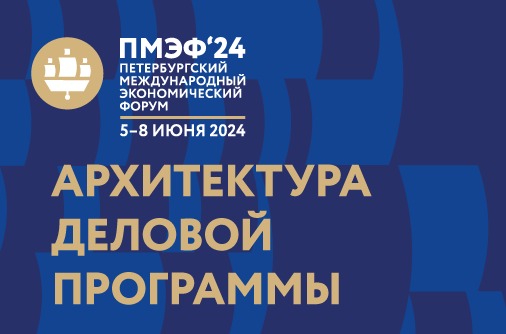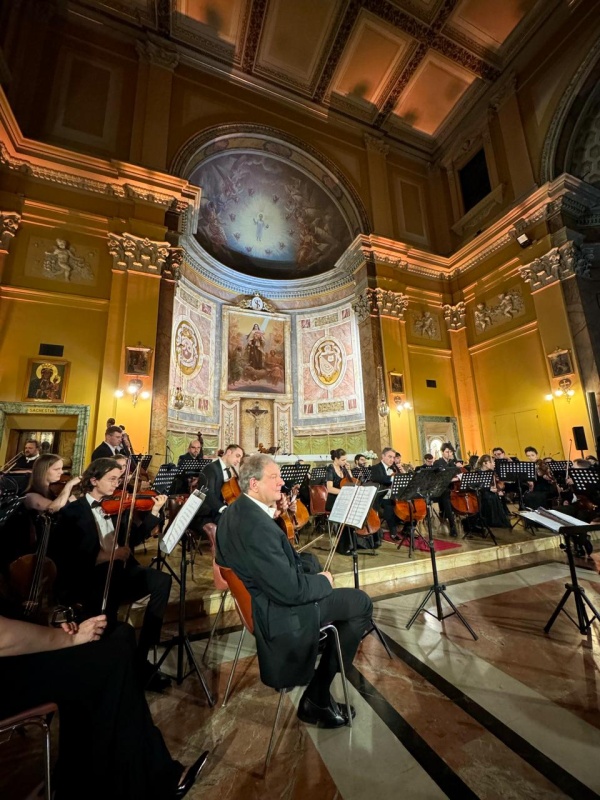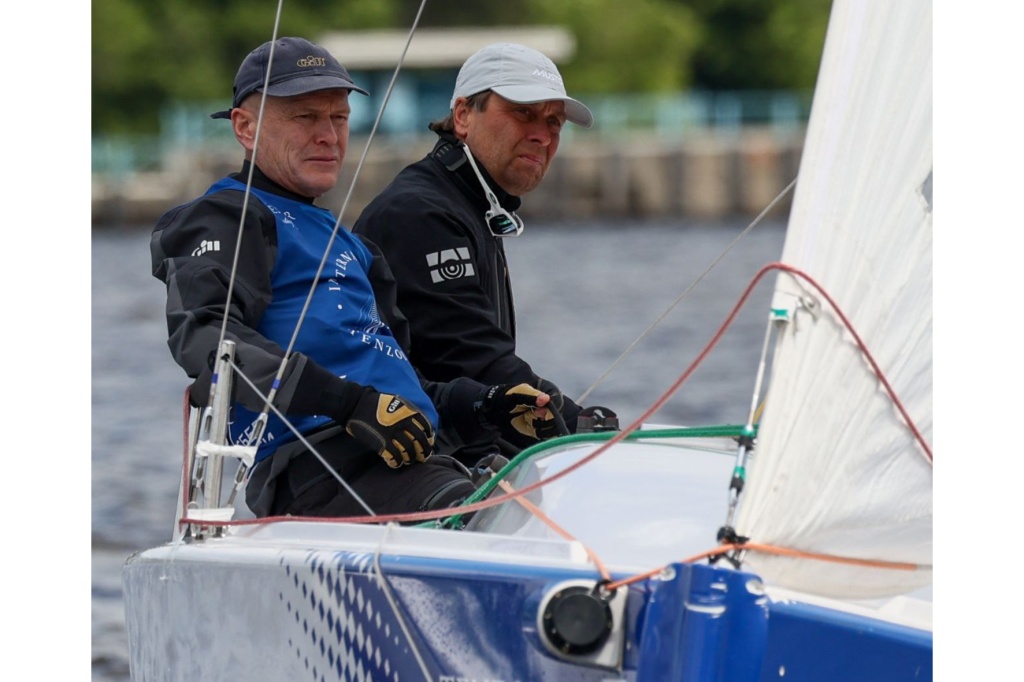
Uncovering the Potential of the Arctic through the Northern Sea Route
KEY OBSERVATIONS
The successful development of the Arctic depends on the Northern Sea Route
“The Northern Sea Route is the link between the Russian Far East and the western regions of the country, between Asia and Europe. It unites the largest river passages of Siberia into a unified transport network, creates the conditions for the infrastructure of seaports, railway, and meridional river routes. It can ensure good living conditions in the northern territories of Russia, the extraction of minerals, their transportation and export, and coastal and transit shipping.” – Alexey Likhachev, Chief Executive Officer, State Atomic Energy Corporation ROSATOM
“High quality development of the North is assured by the Northern Sea Route.” – Elena Bezdenezhnykh, Vice President, State Secretary, GR, Norilsk Nickel
Arctic development is a strategic challenge Russia must rise to
“The Arctic has recently been high on the agenda both for Russia and for foreign governments. For us, the Arctic is not only about mineral resources. It is not only about the shortest trade route between Asia and Europe or the most convenient naval harbours. For us it is a challenge, like space was in the 1960s, and how successfully we are able to work in the Arctic will in large part determine the success of our country.” – Igor Pavlovskiy, Deputy Editor-in-Chief, REGNUM.
PROBLEMS
Legislation for Arctic development is lacking
“The Law on the Arctic should be the main document upon which a long-term programme would be based.” – Dmitry Kobylkin, Minister of Natural Resources and Environment of the Russian Federation.
“The bill should be the subject of a widespread public discussion.” – Alexey Likhachev.
“Without widespread public discussion, the bill will not be sustainable.” – Dmitry Mezentsev, Member of the Federation Council.
A comprehensive plan for the development of the Northern Sea Route is lacking
“It will be impossible to solve the problems of the Arctic without studying them together.” – Igor Pavlovskiy.
“The government's strategy to develop the Northern Sea Route did not define the milestones in creating a regulatory framework. The strategy of 2017 has not been finalized. We do not have comprehensive plans for the development of the Northern Sea Route.” – Elena Bezdenezhnykh.
Underdevelopment of port infrastructure
“The question of equilibrium is one of competition with the Suez route, with the creation of conditions that are objectively attractive so that cargoes travelling through the Indian Ocean from Southeast Asia to Europe and vice versa might be attracted to the north.” – Alexey Likhachev.
“This is a very complex process, and it is very expensive. How soon it will turn out will depend on the types of cargoes.” – Dan Sten Olsson, Chief Executive Officer, Stena AB.
“The problems lie in the development of the port infrastructure, which lags behind the desired volume of transportation.” – Elena Bezdenezhnykh.
High level of environmental risks
“First and foremost is the threat of an oil spill. Another threat is the impact of ships on marine animals and the natural environment.” – Alexey Knizhnikov, Extractive Industry Environmental Policy Officer, World Wide Fund for Nature (WWF) Russia.
SOLUTIONS
Discussion of the principles of Arctic development with regions
“We need to hear the regions now. We have a strong platform, and the Arctic is being discussed in depth. The Arctic: Territory of Dialogue International Arctic Forum is held once every two years. We are already in discussions and are engaged in the process of preparing together with Roscongress. The fifth Forum will take place in March 2019 in Arkhangelsk.” – Igor Orlov, Governor of Arkhangelsk Region.
Creating a single Northern Sea Route operator
“We see our task to be the creation of a partnership, a large alliance between all of today’s participants in this process. First of all, there are the authorities, since without a whole number of ministries this task cannot be resolved; therefore, the Government has taken the lead in this task. Then there are the mining companies, who are increasing their capacity at present, reaching 80–90 million tonnes per year. And then there are the ship owners. In this triumvirate, a business process must be created. This will be a territory of trust and commercial attractiveness.” – Alexey Likhachev.
“The governors of the Arctic regions are all for having a single coordinator for this enormous project.” – Dmitry Mezentsev.
Creating infrastructure for year-round use of the Northern Sea Route
“The state must develop the infrastructure that will facilitate commercially profitable year-round both westbound and eastbound use of the Northern Sea Route. First of all, we’re talking about a fleet of icebreakers. If there is high-quality passage, we will not only get the cargo that is mined and produced but we will also intercept what goes through the south, through the Suez Canal.” – Denis Khramov, Deputy Chairman of the Management Board, NOVATEK.
“We are building three icebreakers right here in St. Petersburg: the Arctic, the Siberia, and the Ural which is already in the holding frame. By doing so, we are taking the first step towards building the world’s largest nuclear icebreakers, which will lay the foundations of an icebreaking fleet supporting year-round passage.” – Alexey Rakhmanov, President, United Shipbuilding Corporation.
Transferring shipping traffic to liquefied natural gas
“The gas infrastructure development of transport on the Northern Sea Route should be seriously considered.” – Sergey Frank, President, PAO Sovcomflot.
“It is necessary to address the issue of banning the use of solid fuel oil in the Arctic and transferring shipping traffic to liquefied natural gas. LNG is extremely advantageous for Russia.” – Alexey Knizhnikov.
More detailed information is available on the website of the Roscongress Foundation information and analytical system.








